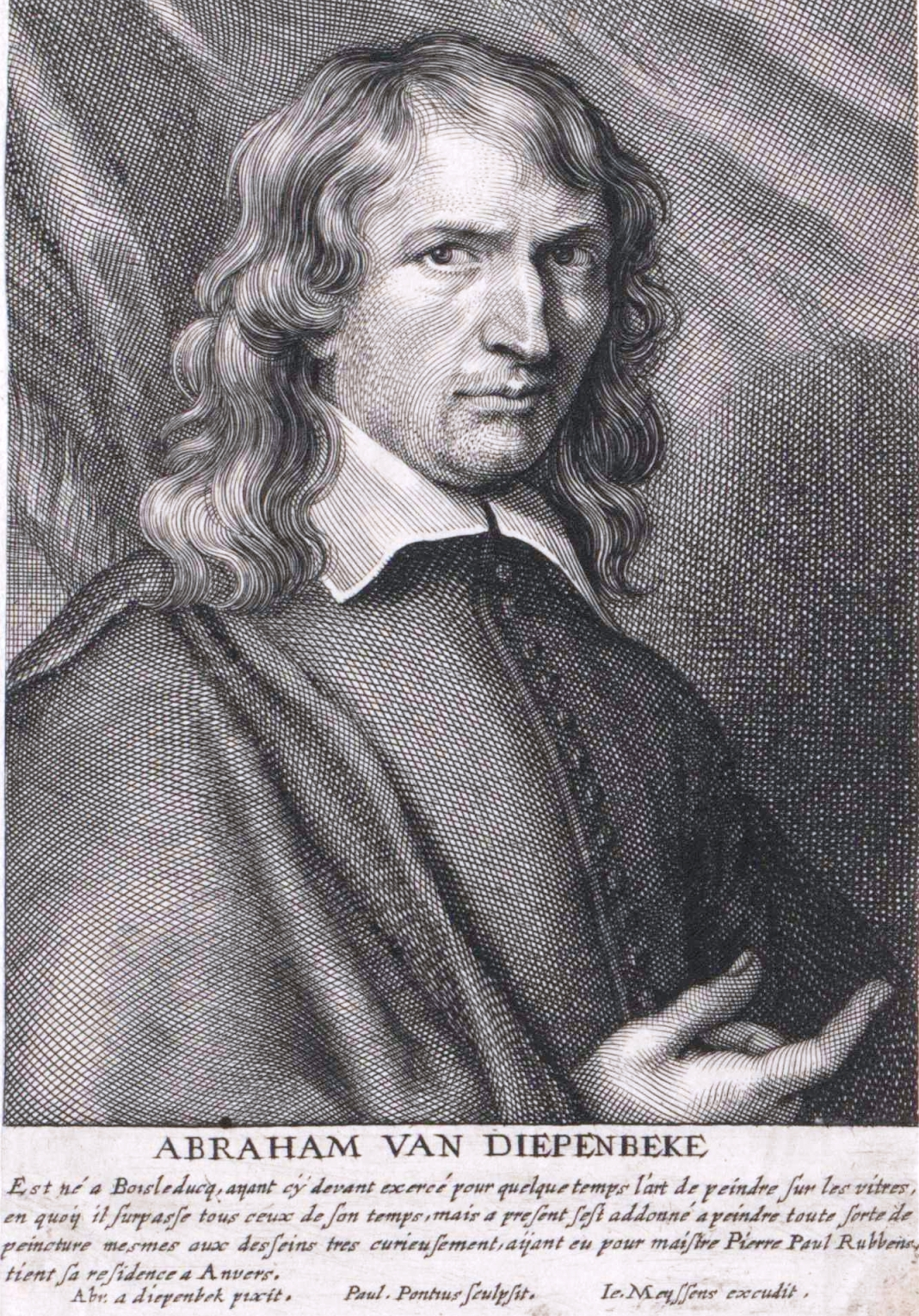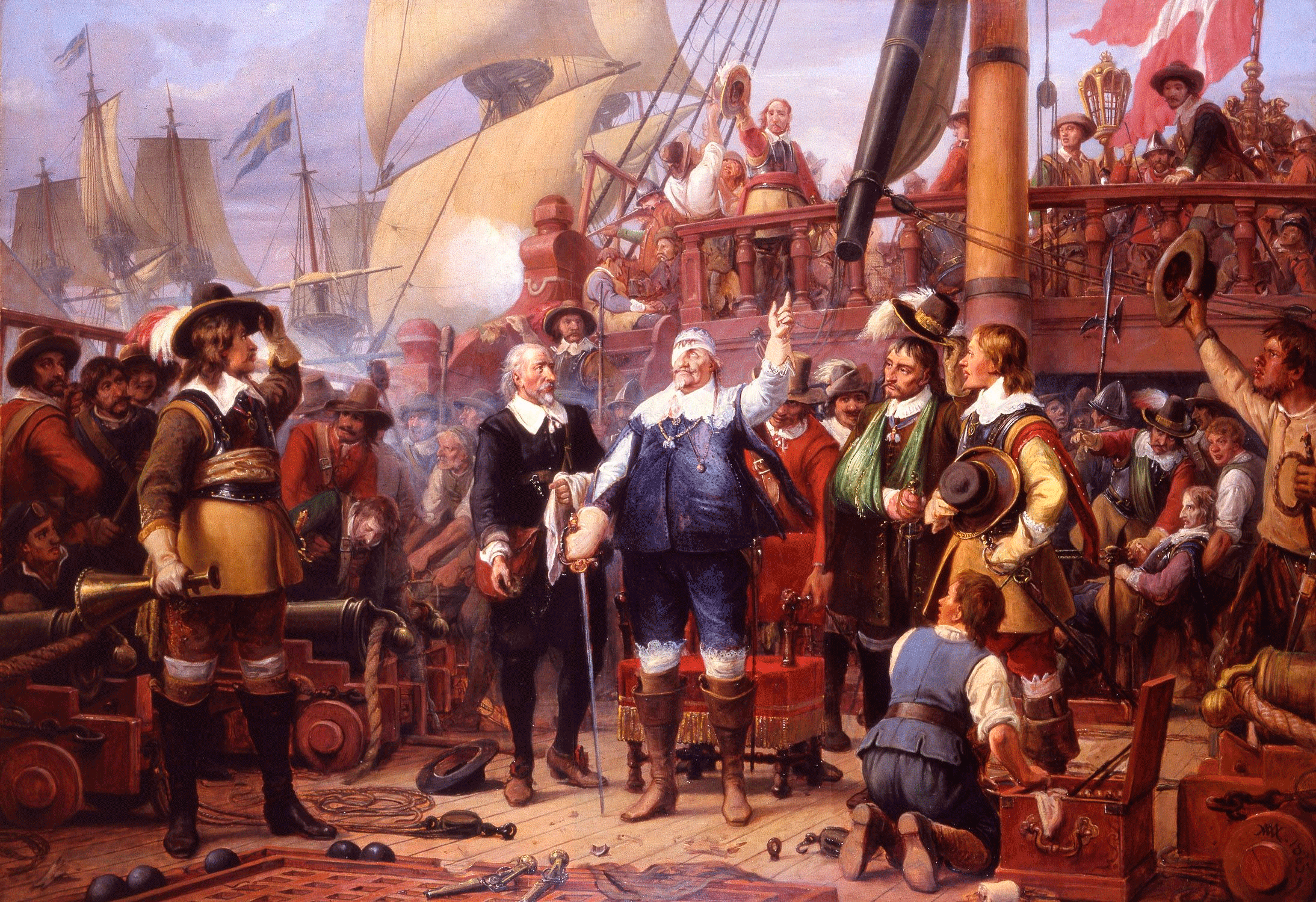|
Hendrick Snyers
Hendrick Snyers (born 1611, Antwerp – died 1644, Antwerp), was a Flemish Baroque engraver. Biography Snyers was a pupil of Nicolaes Lauwers in 1635–1636. In 1643 he promised to work for the history painter Abraham van Diepenbeeck for three years.Hendrick Snyers in the RKD He is known for his engraved portraits of Adam van Noort and Abraham Bloemaert in " Het Gulden Cabinet
''Het Gulden Cabinet vande Edel Vry Schilder-Const'' or ''The Golden Cabinet of the Noble Liberal Art of Painting'' is a book by the 17th-century Flemish notary and ''rederijker'' Cornelis de Bie published in Antwerp. Written in the Dutch ...
[...More Info...] [...Related Items...] OR: [Wikipedia] [Google] [Baidu] |
Antwerp
Antwerp (; nl, Antwerpen ; french: Anvers ; es, Amberes) is the largest city in Belgium by area at and the capital of Antwerp Province in the Flemish Region. With a population of 520,504,Statistics Belgium; ''Loop van de bevolking per gemeente'' (Excel file) Population of all municipalities in Belgium, . Retrieved 1 November 2017. it is the most populous municipality in Belgium, and with a metropolitan population of around 1,200,000 people, it is the second-largest ... [...More Info...] [...Related Items...] OR: [Wikipedia] [Google] [Baidu] |
Flemish People
The Flemish or Flemings ( nl, Vlamingen ) are a Germanic ethnic group native to Flanders, Belgium, who speak Dutch. Flemish people make up the majority of Belgians, at about 60%. "''Flemish''" was historically a geographical term, as all inhabitants of the medieval County of Flanders in modern-day Belgium, France, and the Netherlands were referred to as "Flemings", irrespective of their ethnicity or language. The contemporary region of Flanders comprises a part of this historical county, as well as parts of the medieval duchy of Brabant and the medieval county of Loon, where the modern national identity and culture gradually formed. History The sense of "Flemish" identity increased significantly after the Belgian Revolution. Prior to this, the term "Vlamingen" in the Dutch language was in first place used for the inhabitants of the former County of Flanders. Flemish, however, had been used since the 14th century to refer to the language and dialects of both the peoples ... [...More Info...] [...Related Items...] OR: [Wikipedia] [Google] [Baidu] |
Baroque
The Baroque (, ; ) is a style of architecture, music, dance, painting, sculpture, poetry, and other arts that flourished in Europe from the early 17th century until the 1750s. In the territories of the Spanish and Portuguese empires including the Iberian Peninsula it continued, together with new styles, until the first decade of the 19th century. It followed Renaissance art and Mannerism and preceded the Rococo (in the past often referred to as "late Baroque") and Neoclassical styles. It was encouraged by the Catholic Church as a means to counter the simplicity and austerity of Protestant architecture, art, and music, though Lutheran Baroque art developed in parts of Europe as well. The Baroque style used contrast, movement, exuberant detail, deep colour, grandeur, and surprise to achieve a sense of awe. The style began at the start of the 17th century in Rome, then spread rapidly to France, northern Italy, Spain, and Portugal, then to Austria, southern Germany, and Rus ... [...More Info...] [...Related Items...] OR: [Wikipedia] [Google] [Baidu] |
Engraving
Engraving is the practice of incising a design onto a hard, usually flat surface by cutting grooves into it with a burin. The result may be a decorated object in itself, as when silver, gold, steel, or glass are engraved, or may provide an intaglio printing plate, of copper or another metal, for printing images on paper as prints or illustrations; these images are also called "engravings". Engraving is one of the oldest and most important techniques in printmaking. Wood engraving is a form of relief printing and is not covered in this article, same with rock engravings like petroglyphs. Engraving was a historically important method of producing images on paper in artistic printmaking, in mapmaking, and also for commercial reproductions and illustrations for books and magazines. It has long been replaced by various photographic processes in its commercial applications and, partly because of the difficulty of learning the technique, is much less common in printmaking, wher ... [...More Info...] [...Related Items...] OR: [Wikipedia] [Google] [Baidu] |
Nicolaes Lauwers
Nicolaes Lauwers (1600, Antwerp – 1652, Antwerp), was a Flemish engraver. Biography According to the RKD he joined the Antwerp Guild of St. Luke in 1619, and opened a print workshop shortly after that on the Lombardenvest, called ‘In de scryvende Hand’ (in the writing hand).Nicolaes Lauwers in the RKD He married 8 February 1628 to Maria Vermeulen and became deacon of guild in 1635. He taught the students , and , in addition to his young brother [...More Info...] [...Related Items...] OR: [Wikipedia] [Google] [Baidu] |
Abraham Van Diepenbeeck
Abraham van Diepenbeeck (9 May 1596 (baptised) – between May and September 1675) was Dutch painter of the Flemish School. Biography Van Diepenbeeck was baptised in 's-Hertogenbosch. After having received a classical education, he became a pupil and assistant of Peter Paul Rubens. He handled mythological and historical subjects, as well as portraits. He went to Antwerp about 1629 and made his first successes in painting on glass, among his productions being windows in the cathedral there representing the "Acts of Mercy". Similar work at the church of the Dominicans shows scenes from the "Life of Saint Paul". Van Diepenbeek was admitted to the guild of painters in 1638, and became director of the Royal Academy of Fine Arts (Antwerp) in 1641. It was after a visit to Italy that the artist began to paint chiefly in oil and to illustrate. Among his illustrations are fifty-eight designs engraved by Cornelis Bloemaert for Michel de Marolles' "Tableaux du Temple des Muses". Dur ... [...More Info...] [...Related Items...] OR: [Wikipedia] [Google] [Baidu] |
Het Gulden Cabinet
''Het Gulden Cabinet vande Edel Vry Schilder-Const'' or ''The Golden Cabinet of the Noble Liberal Art of Painting'' is a book by the 17th-century Flemish notary and ''rederijker'' Cornelis de Bie published in Antwerp. Written in the Dutch language, it contains artist biographies and panegyrics with engraved portraits of 16th- and 17th-century artists, predominantly from the Habsburg Netherlands. The work is a very important source of information on the artists it describes. It formed the principal source of information for later art historians such as Arnold Houbraken and Jacob Campo Weyerman. It was published in 1662, although the work also mentions 1661 as date of publication. Background ''Het Gulden Cabinet'' stands in a long tradition of artist biographies. This tradition goes back to Pliny and was revived during the Renaissance. In 1550, the Italian Giorgio Vasari published his ''Vite'' on the lives of famous artists. Karel van Mander was the first author to introduc ... [...More Info...] [...Related Items...] OR: [Wikipedia] [Google] [Baidu] |
1611 Births
Events January–June * February 27 – Sunspots are observed by telescope, by Frisian astronomers Johannes Fabricius and David Fabricius. Johannes publishes the results of these observations, in ''De Maculis in Sole observatis'' in Wittenberg, later this year. Such early discoveries are overlooked, however, and the first sighting is claimed a few months later, by Galileo Galilei and Christoph Scheiner. * March 4 – George Abbot is enthroned as Archbishop of Canterbury. * March 9 – Battle of Segaba in Begemder: Yemana Kristos, brother of Emperor of Ethiopia Susenyos I, ends the rebellion of Melka Sedeq. * April 4 – Denmark-Norway declares war on Sweden, then captures Kalmar. * April 28 – The ''Colegio de Nuestra Señora del Santísimo Rosario'' is established in Manila, the Philippines (later renamed Colegio de Santo Tomas, now known as the University of Santo Tomas). * May 2 – The Authorized King James Version of the ... [...More Info...] [...Related Items...] OR: [Wikipedia] [Google] [Baidu] |
1644 Deaths
It is one of eight years (CE) to contain each Roman numeral once (1000(M)+500(D)+100(C)+(-10(X)+50(L))+(-1(I)+5(V)) = 1644). Events January–March * January 22 – The Royalist Oxford Parliament is first assembled by King Charles I of England. * January 26 – First English Civil War – Battle of Nantwich: The Parliamentarians defeat the Royalists, allowing them to end the 6-week Siege of Nantwich in Cheshire, England. * January 30 – **Dutch explorer Abel Tasman departs from Batavia in the Dutch East Indies (now Jakarta in Indonesia) on his second major expedition for the Dutch East India Company, to maps the north coast of Australia. Tasman commands three ships, ''Limmen'', ''Zeemeeuw'' and ''Braek'', and returns to Batavia on August 4 with no major finds. ** Battle of Ochmatów: Polish–Lithuanian Commonwealth forces under hetman Stanisław Koniecpolski secure a substantial victory over the horde of Crimean Tatars, under Tugay Bey. * ... [...More Info...] [...Related Items...] OR: [Wikipedia] [Google] [Baidu] |
17th-century Engravers
The 17th century lasted from January 1, 1601 ( MDCI), to December 31, 1700 ( MDCC). It falls into the early modern period of Europe and in that continent (whose impact on the world was increasing) was characterized by the Baroque cultural movement, the latter part of the Spanish Golden Age, the Dutch Golden Age, the French '' Grand Siècle'' dominated by Louis XIV, the Scientific Revolution, the world's first public company and megacorporation known as the Dutch East India Company, and according to some historians, the General Crisis. From the mid-17th century, European politics were increasingly dominated by the Kingdom of France of Louis XIV, where royal power was solidified domestically in the civil war of the Fronde. The semi-feudal territorial French nobility was weakened and subjugated to the power of an absolute monarchy through the reinvention of the Palace of Versailles from a hunting lodge to a gilded prison, in which a greatly expanded royal court could be more easil ... [...More Info...] [...Related Items...] OR: [Wikipedia] [Google] [Baidu] |
Flemish Engravers
Flemish (''Vlaams'') is a Low Franconian dialect cluster of the Dutch language. It is sometimes referred to as Flemish Dutch (), Belgian Dutch ( ), or Southern Dutch (). Flemish is native to Flanders, a historical region in northern Belgium; it is spoken by Flemings, the dominant ethnic group of the region. Outside of Flanders, it is also spoken to some extent in French Flanders and the Dutch Zeelandic Flanders. Terminology The term ''Flemish'' itself has become ambiguous. Nowadays, it is used in at least five ways, depending on the context. These include: # An indication of Dutch written and spoken in Flanders including the Dutch standard language as well as the non-standardized dialects, including intermediate forms between vernacular dialects and the standard. Some linguists avoid the term ''Flemish'' in this context and prefer the designation ''Belgian-Dutch'' or ''South-Dutch'' # A synonym for the so-called intermediate language in Flanders region, the # An indic ... [...More Info...] [...Related Items...] OR: [Wikipedia] [Google] [Baidu] |






